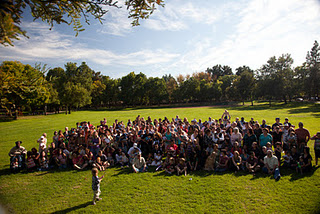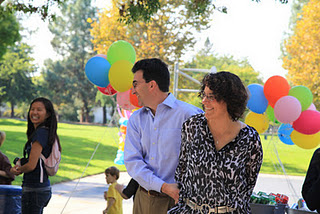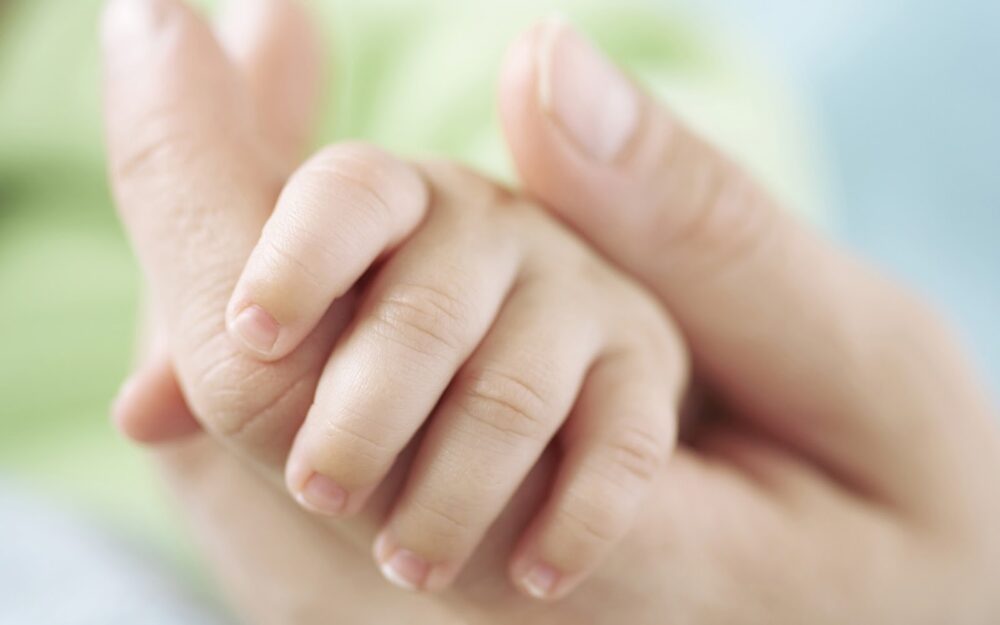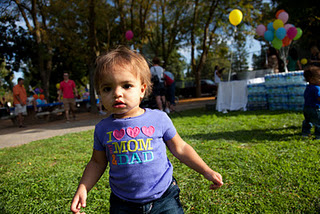California IVF Prepares for an Exciting Year Ahead and Celebrates with Family

The California IVF Family
In 2011, California IVF signed a collaboration agreement to take over fertility services for the UC Davis Department of OB/GYN, purchased a competitor’s facility in Sacramento and added three physicians to its roster. This coming year, California IVF will continue to expand and build the practice so we can help more patients in the Northern California region and from around the world.
Some of the most recent updates include: the installation of a new California IVF sign at our Sacramento facility, finalized renovation plans to bring a modernized IVF center to the Northern California region early next year, and new work with researchers at UC Davis to improve our ability to assess male fertility and embryo competency. ?Our California Conceptions Donated Embryo Program continues to grow and is providing an embryo adoption alternative for Canadian and Australian couples faced with restrictive oocyte donor laws.

Dr. Ernest Zeringue and Alisa Zeringue Enjoy the Picnic
Article source: http://feedproxy.google.com/~r/CaliforniaIvfDavisFertilityCenterInc/~3/2pcsvolzdAo/california-ivf-update-family-reunion.html

